As Russia launches an attack on Ukraine along the Danube River bordering Romania, many fear it could become a battleground between NATO and Moscow.
Romania’s military has been rushing to build a series of bomb shelters near the border with Ukraine this week, after discovering debris suspected to be from an unmanned aerial vehicle (UAV) in its territory. The shelters are built of prefabricated concrete and covered with sandbags to protect residents from UAVs and missiles.
Russia has recently stepped up its use of UAVs and cruise missiles to attack Ukraine’s grain depots and port infrastructure, following its withdrawal from the Black Sea grain deal. To prevent Ukraine from exporting grain by river to neighboring countries, Russian UAVs have repeatedly flown along the Danube River between Ukraine’s Odessa region and Romanian territory to attack targets. This has raised concerns in Romania, a NATO member state, as UAV debris has continued to fall.
Romania builds bomb shelters along border with Ukraine. Video: EuroNews
Iulian, a Romanian shepherd on the banks of the Danube, said he saw drones flying along the river to attack Ukrainian territory, but were intercepted by Kiev's air defenses. "I saw them being shot down right there, and then smoke and fire," he said.
The Danube, a river several hundred meters wide that runs along the Ukraine-Romania border before emptying into the Black Sea, is the only distance that prevents an attack on Ukraine from becoming an attack on the entire NATO alliance. If a Russian drone veers off course and crashes into Romanian territory, a full-scale conflict could erupt, as NATO is obliged to defend its allies under the bloc’s collective defense clause.
Romanian Defense Minister Angel Tilvar said on September 6 that the object that fell on Romanian territory near Ukraine could be debris from a Russian UAV. The debris fell near Plauru, a Romanian village on the other side of the Danube River, opposite the Ukrainian port of Izmail.
Mr Tilvar said the debris would be analysed to confirm its origin, adding that the area where the debris was found was not under evacuation orders because there were no signs that it could pose a threat.
On September 13, the Romanian Ministry of Defense continued to announce the discovery of debris suspected to be from a UAV scattered in the Nufaru and Victoria districts of the eastern city of Tulcea, about 14 km from the Ukrainian border.
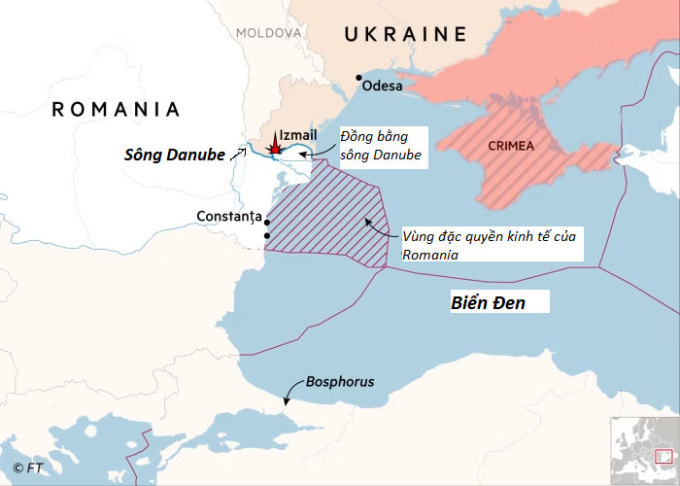
Location of the Danube River and the Black Sea region. Graphic: FT
Ukraine's Foreign Ministry said this was the latest sign that Moscow was threatening "the security of neighboring countries, including NATO members".
On the upper Danube, increased traffic on the chain of river ports, including Izmail, has turned this quiet area into a place of strategic importance.
Russia has stepped up its assault on the region in an effort to prevent Ukraine from using the Danube as an alternative grain route when the Black Sea is blocked. Moscow in July withdrew from the Black Sea Grain Initiative, an agreement that allowed Ukrainian grain to be shipped by sea, the main export route to world markets.
Moscow has also revoked all relevant maritime safety guarantees, warning that any ships heading to Ukrainian Black Sea ports could be considered to be transporting military cargo. Last month, a Russian warship fired warning shots at a commercial vessel approaching a Black Sea port.
At the Romanian port of Constanta, shipping companies move grain from Ukraine via the Danube River and canals, as well as by truck and train, before loading it onto ships headed for the Bosphorus Strait and the Mediterranean.
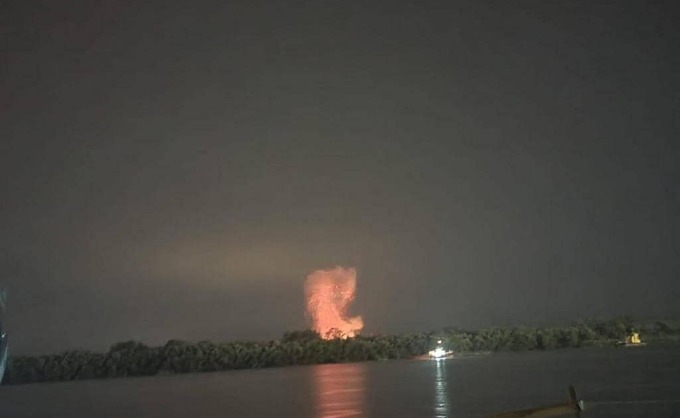
Smoke and fire on the banks of the Danube River during the Russian raid on September 4. Photo: Facebook/Oleg Nikolenko
But the recent explosion of a suspected Russian mine that drifted into the waters near Constanta shows the risks facing areas near war zones.
"We are very concerned. Russia continues to create new risks, risks of escalation and miscalculation," Mr. Tilvar said.
Romania has deployed 11 warships, 2 helicopters, 6 maritime surveillance UAVs and 3 teams of explosives divers to deal with the threat from Russian mines and UAVs. NATO reconnaissance aircraft also continuously patrol the Romanian border area.
"We are prepared for any possible contingency," Mr. Tilvar said, adding that "no country bordering Ukraine can rule out the possibility of being shot down by mistake."
As one of the few countries that consistently meets NATO's annual defense budget target of 2% of GDP, Romania this year increased its defense budget to $7.5 billion, or about 2.5% of GDP, amid the prolonged conflict in Ukraine.
The country is preparing to open an F-16 pilot training center for Ukraine, and is also purchasing more US-made aircraft, tanks, howitzers and UAVs to equip Ukrainian forces.
In the past, this defense budget would have been excessive for Romania. But with the conflict raging near its borders, it is justified, according to Sandu-Valentin Mateiu, a retired Romanian intelligence officer. “We are on the front lines,” he said.
Mateiu added that although Romania has no land border with Russia, “our exclusive economic zone borders the Crimean peninsula,” which Russia annexed in 2014 and used as a staging ground for its war in Ukraine. Many Russian missiles and drones are deployed from the peninsula.
Russia appears to be probing the grey area of international maritime agreements by repeatedly launching airstrikes that have destroyed Ukraine’s grain export routes, Mateiu said. However, he believes Russia will avoid “war with NATO.”
Mateiu also noted that while Ukraine may want NATO to intervene more in the conflict, Romania, which has been hit by several suspected drone crashes, is cautious. "As long as the Russians do not pose a real threat to life or property on our territory, Bucharest will not seek to escalate the situation, even diplomatically," he said.
However, Mr Mateiu affirmed that "when we see a real threat, Romania will act quickly to respond decisively".
Prime Minister Marcel Ciolacu, who took office in May, has pledged unconditional support to Ukraine and will double the amount of Ukrainian grain transiting Romania, mainly through the river port of Constanta. However, Romania’s crop output this year is likely to exceed last year’s and Constanta port is also used to export grain to partners such as Hungary and Serbia, raising concerns about the feasibility of Ciolacu’s pledge.
Viorel Panait, owner of Comvex, the largest grain warehouse operator in Constanta, said the entire river port logistics network had to be renewed.
“In July, the city handled nearly 70% of all grain shipped from Ukraine. That required us to be creative,” he said.
Panait has spent more than $4 billion to increase its capacity and worked with the government on digital customs procedures to reduce wait times from 36 hours to 30 minutes.
Ahead of next year’s elections, Prime Minister Ciolacu’s government also needs to take into account the grievances of Romanian farmers, who are struggling to compete with cheap Ukrainian grain, as well as those tired of the war, according to Costin Ciobanu, a researcher at the University of London.
"Farmers are an important constituency for Mr. Ciolacu," Mr. Ciobanu said.
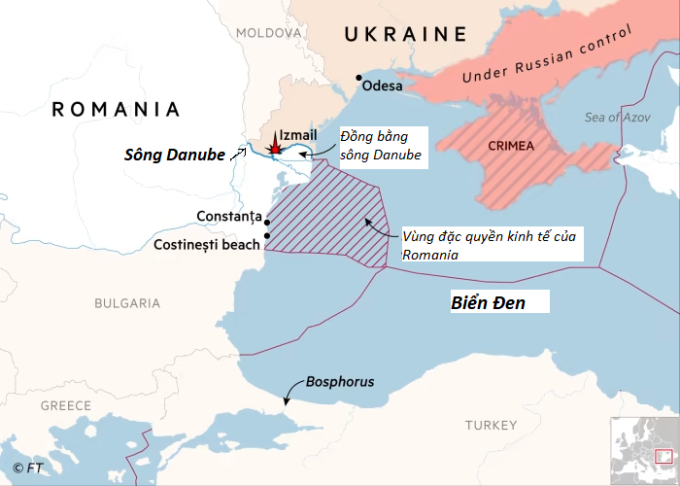
Location of the Danube and Black Sea region. Graphics: FT
Romania is one of a group of European Union (EU) countries that have imposed a ban on grain imports from Ukraine, although it has agreed to facilitate the transit of Ukrainian grain through its territory.
Ahead of local, parliamentary, and presidential elections in 2024, Romania's nationalist AUR party has made some gains by pushing an anti-Ukrainian message, according to Ciobanu.
While most Romanians are skeptical about a Russian attack on their country, a recent poll found that half of respondents blamed the Ukraine conflict for rising food and fuel prices.
On Costinesti beach, about 30 kilometers south of Constanta, fisherman and restaurateur Matei Datcu said he was less afraid of mines washing up on his shore than of the deteriorating economy.
“You can see the big mine and avoid it. But next year, taxes will go up. The pressure of that will be felt more acutely than any mine that washes up on the beach,” he said.
Thanh Tam (According to FT )
Source link


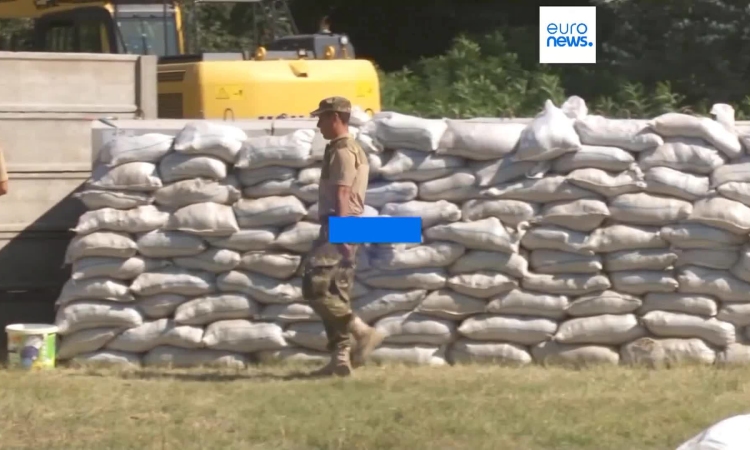

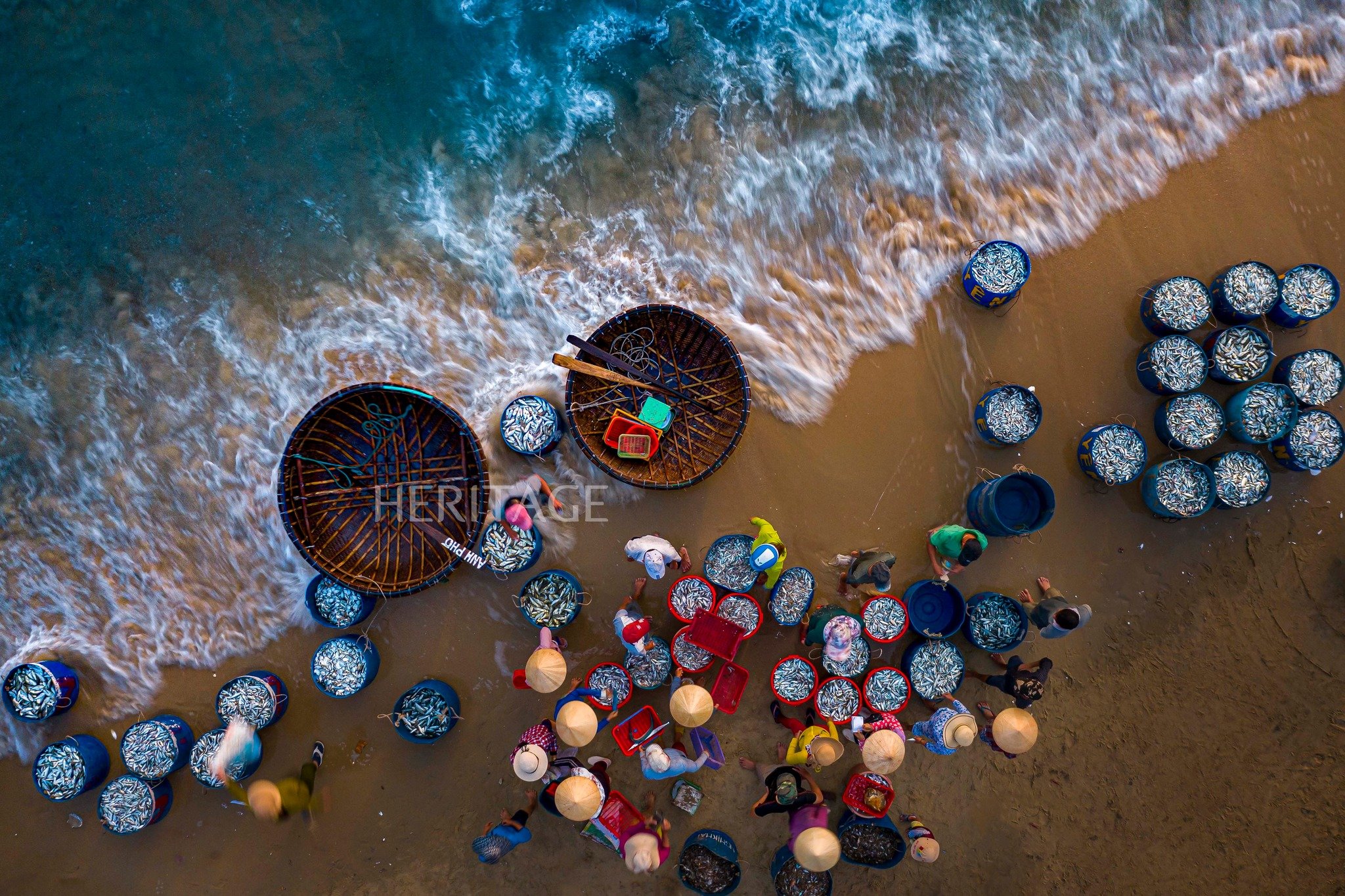


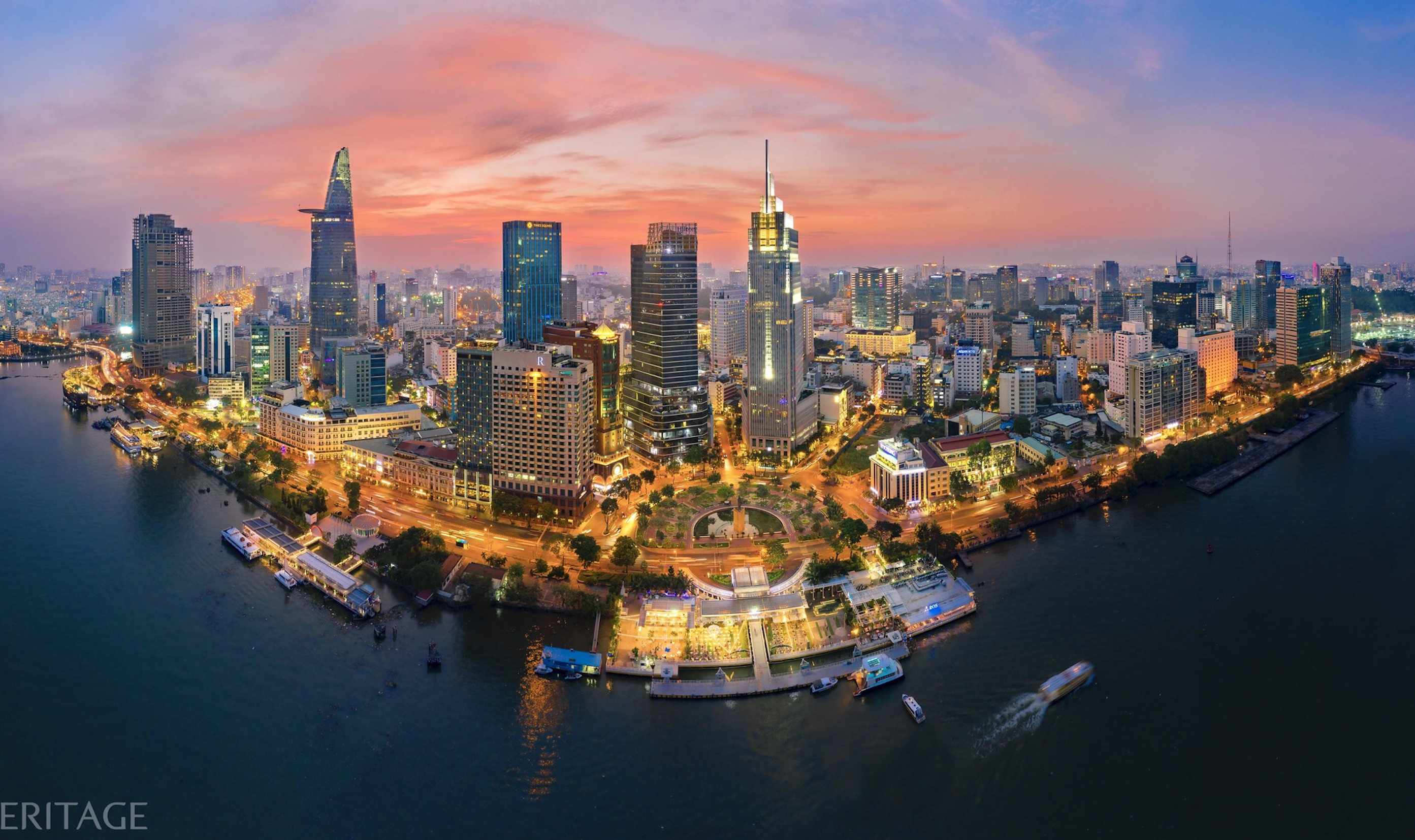

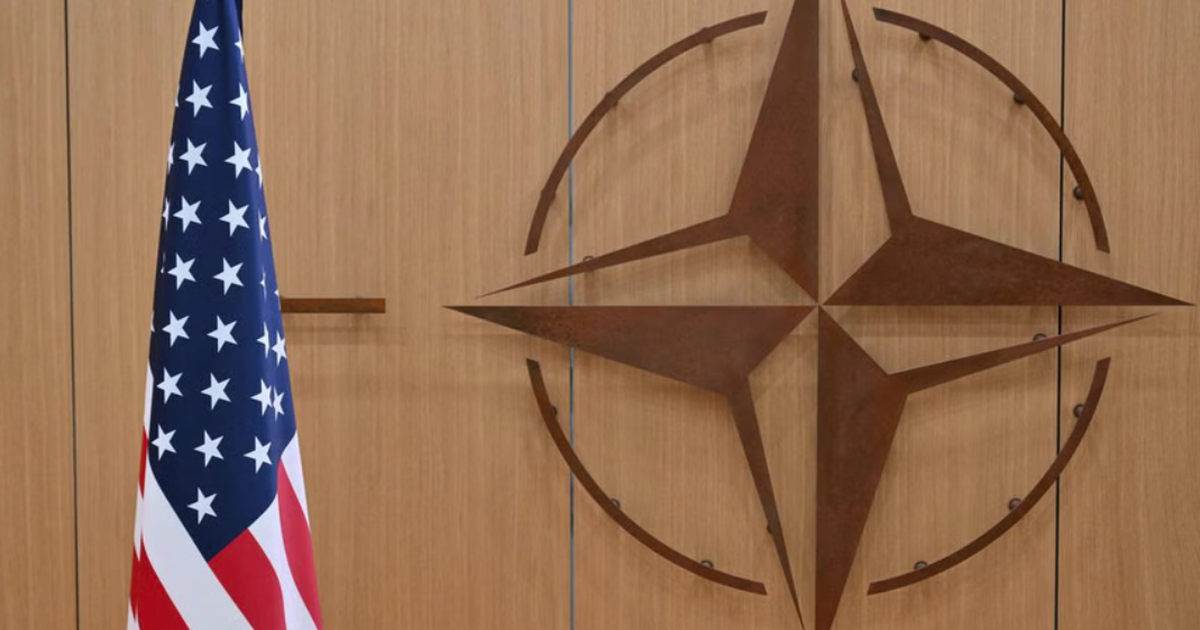






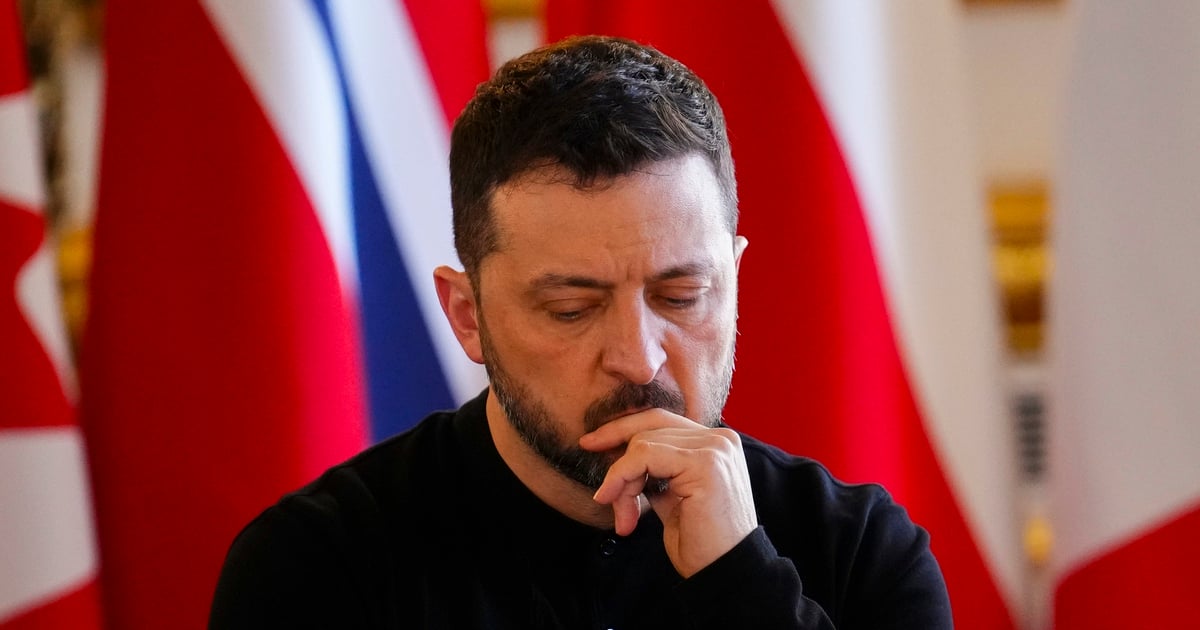
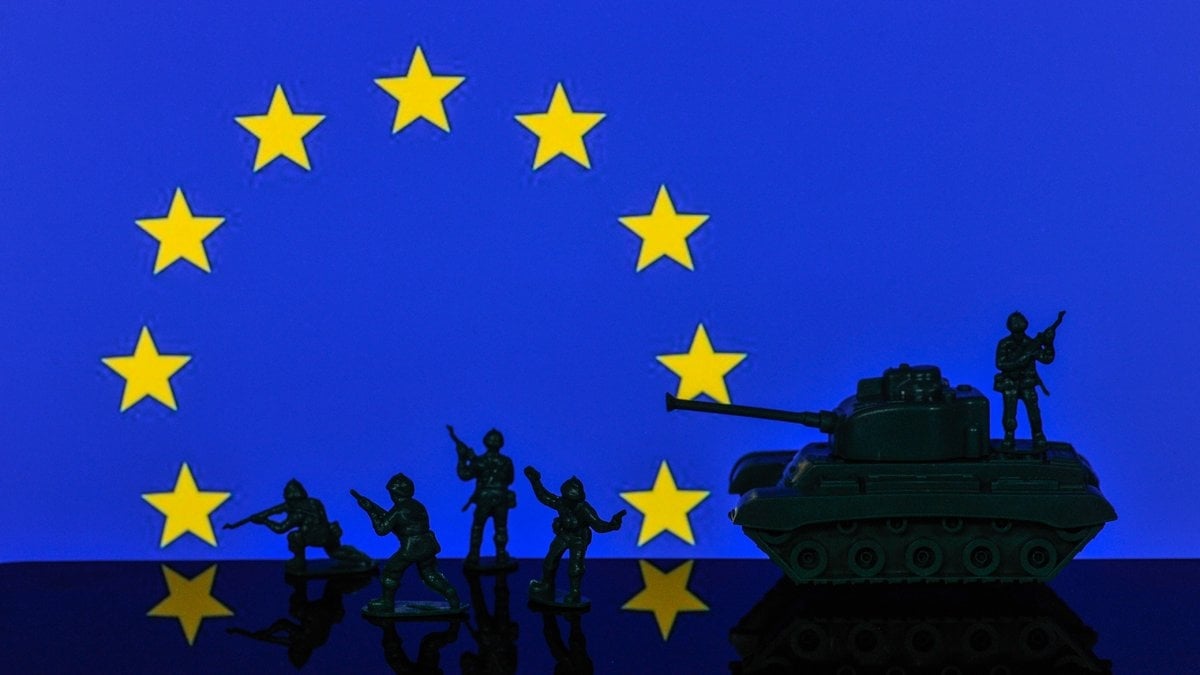

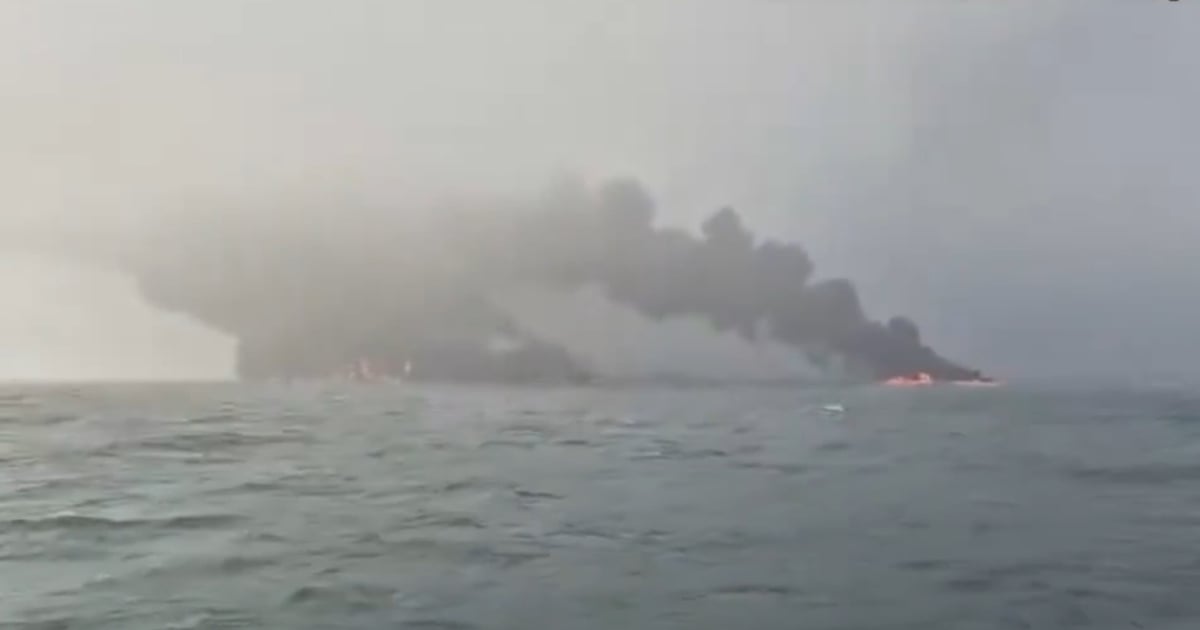
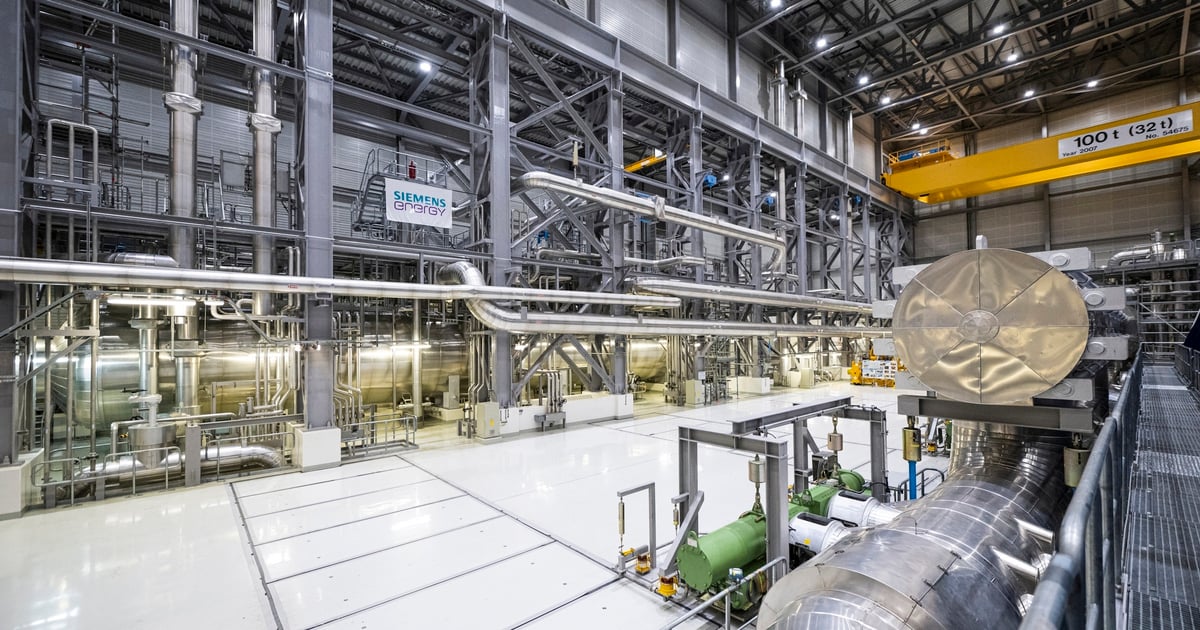
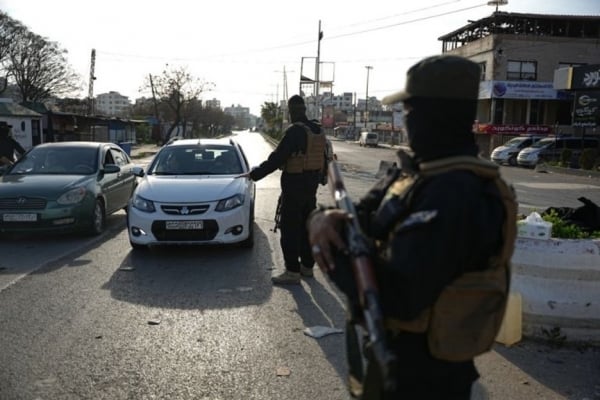

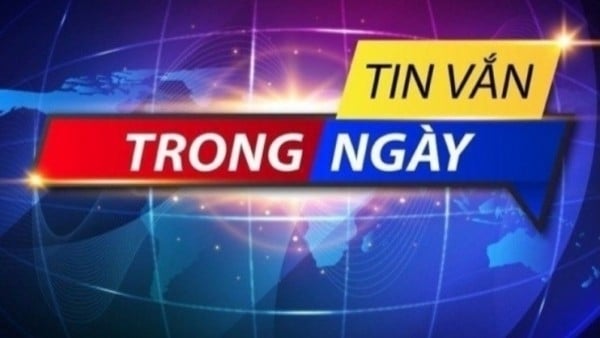
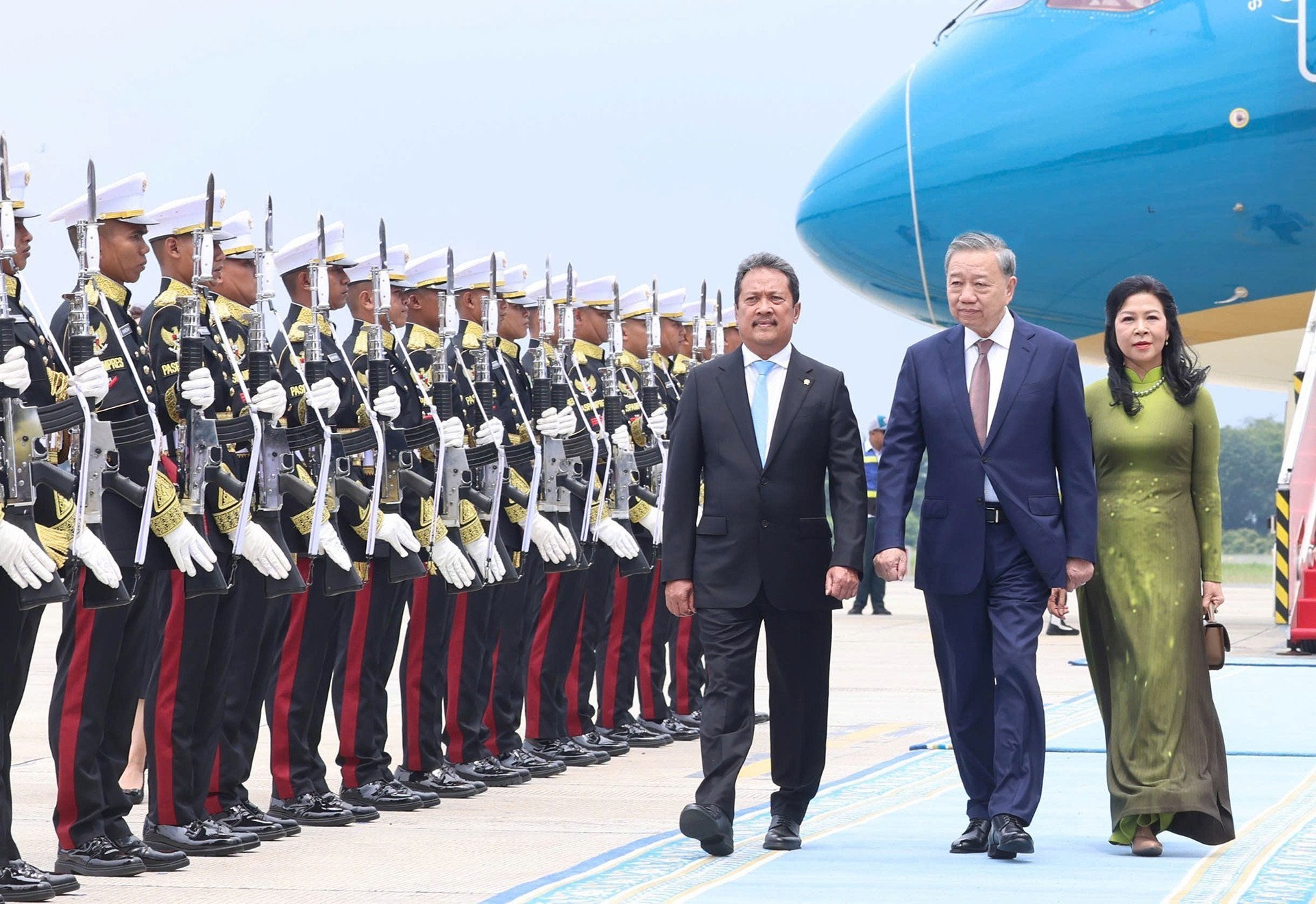
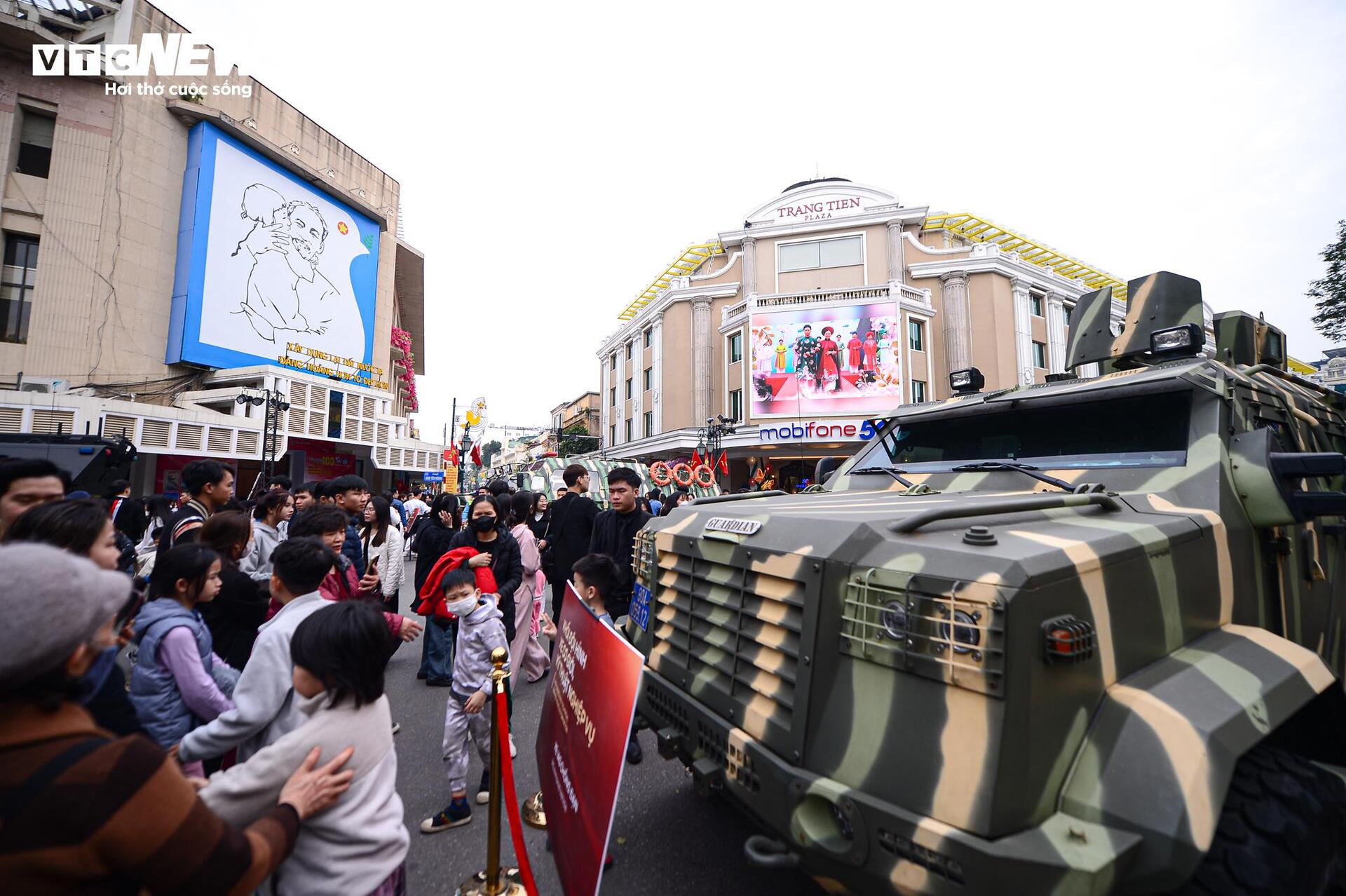






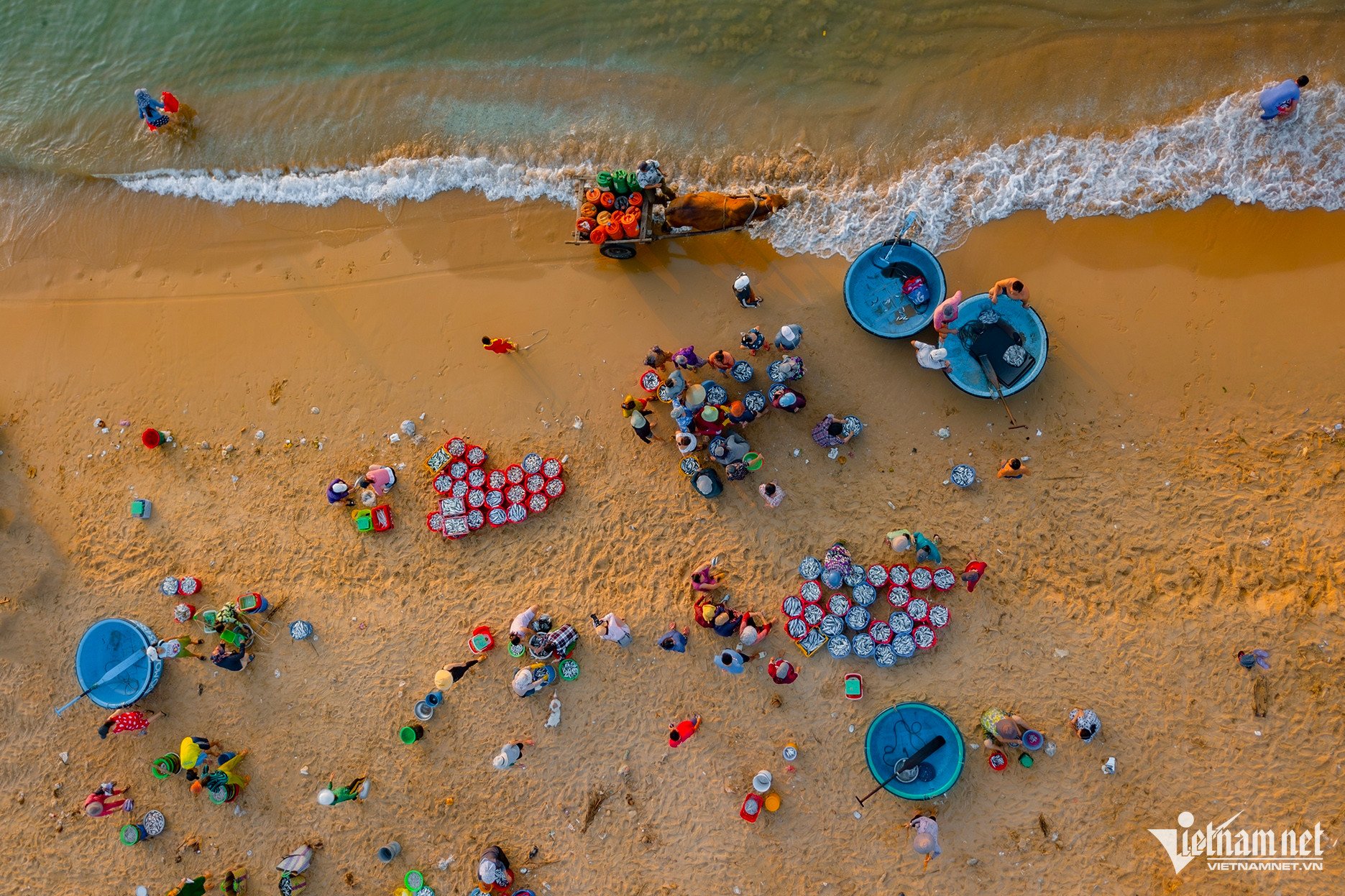


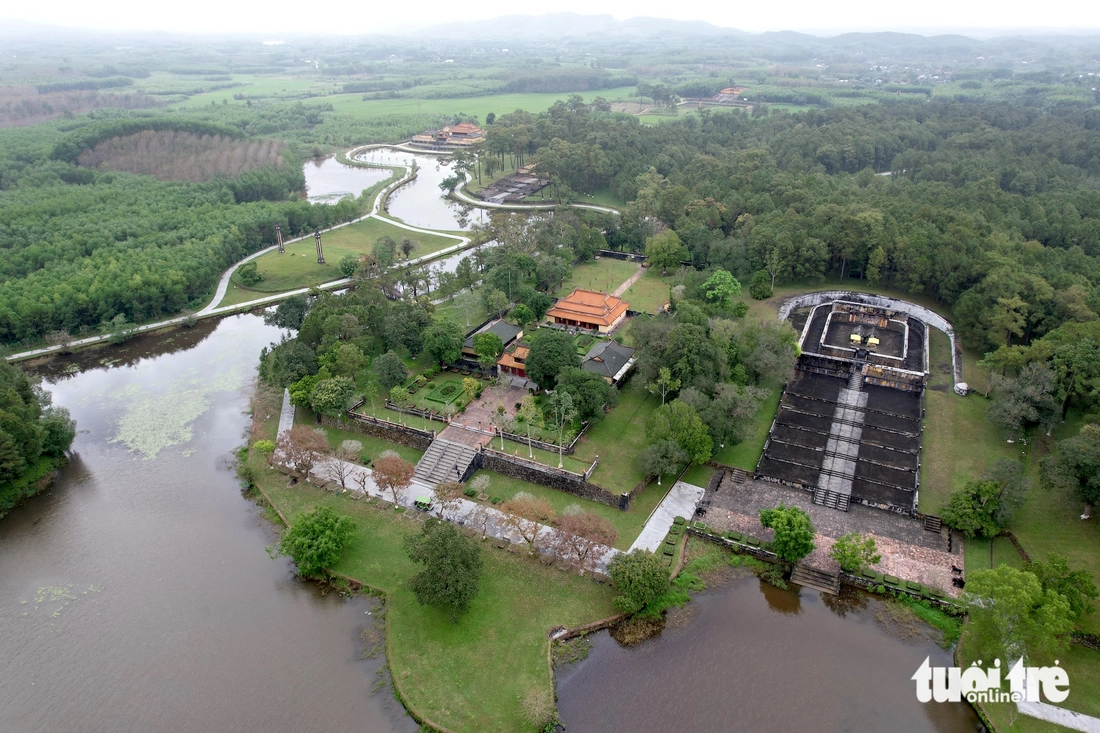



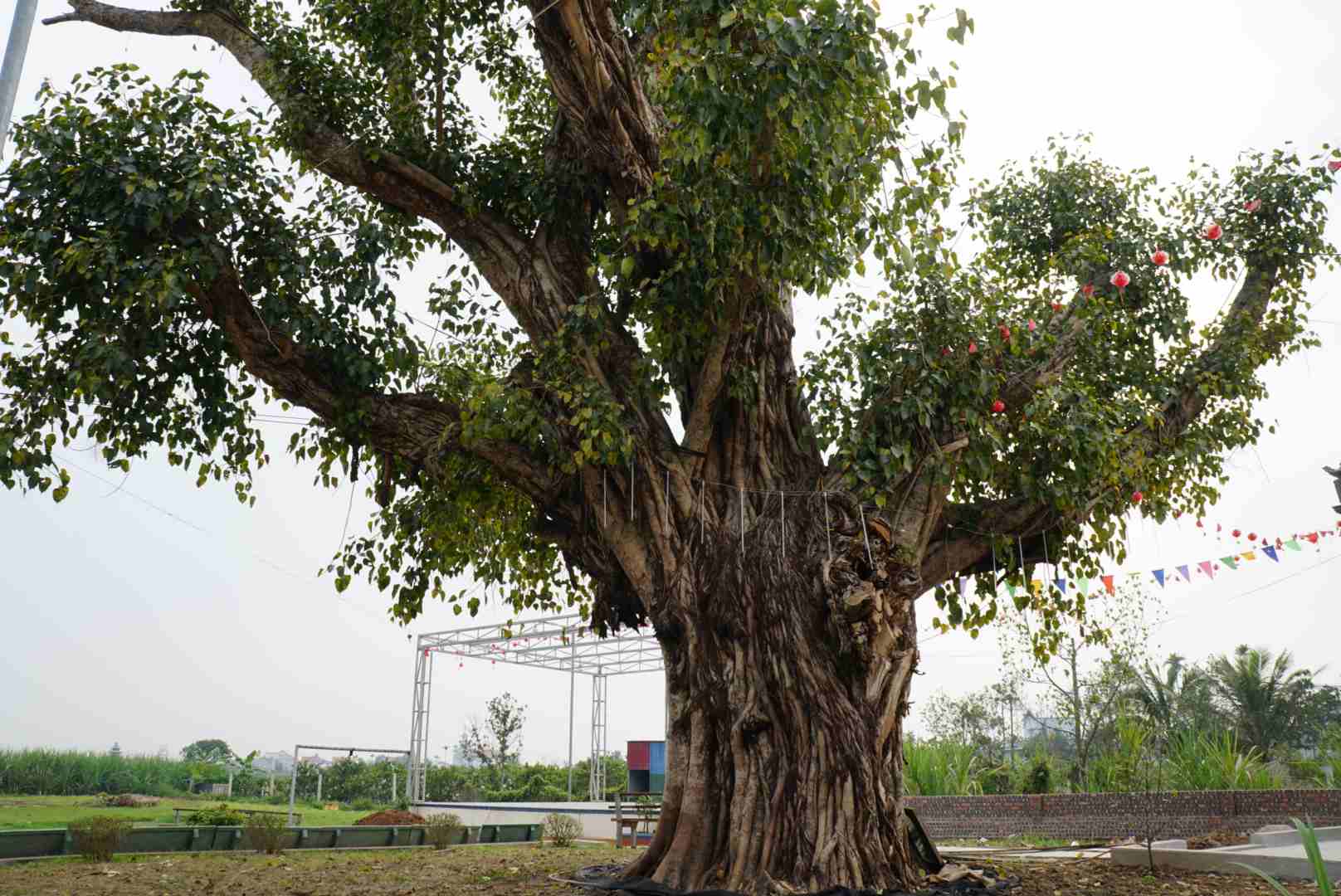










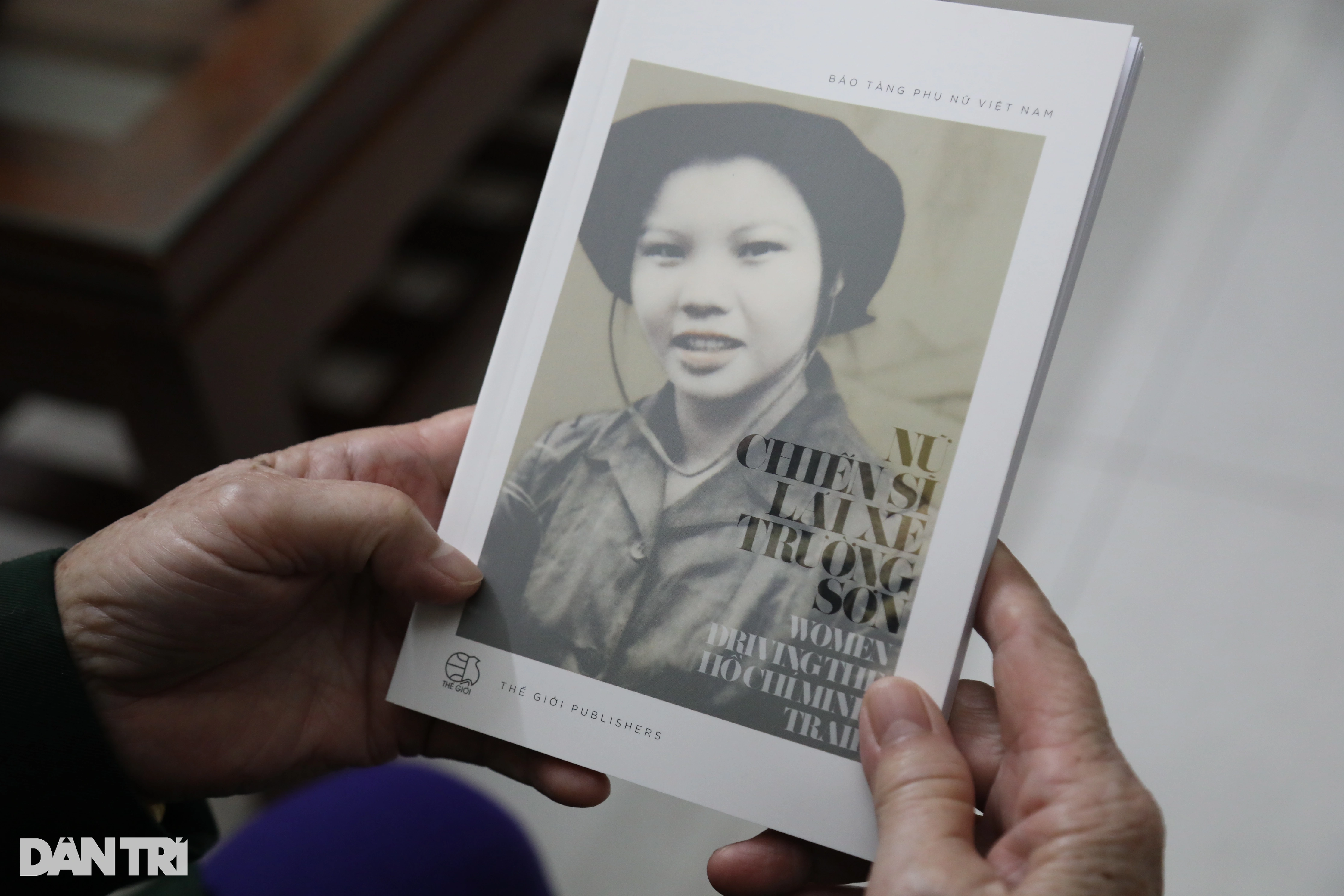











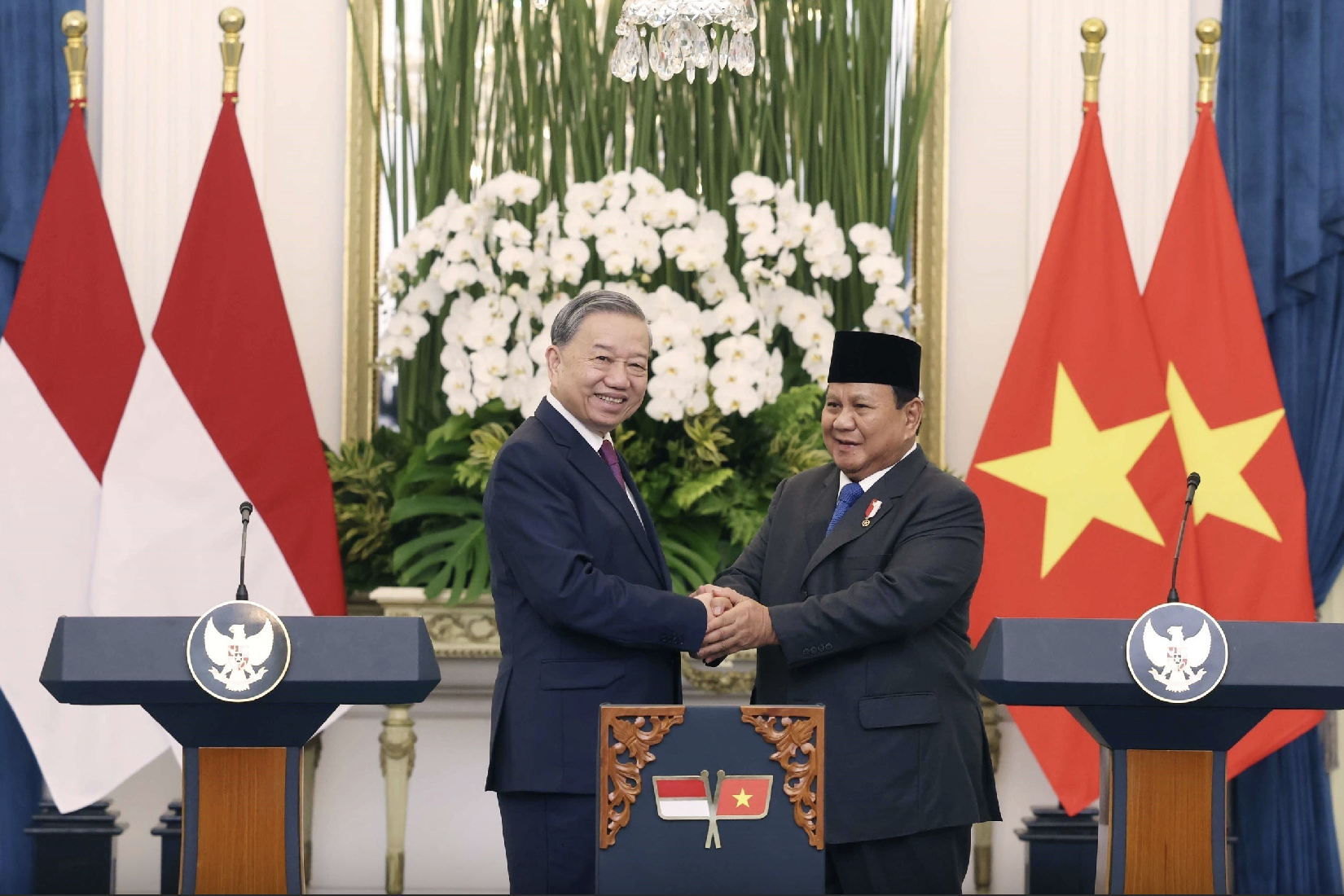
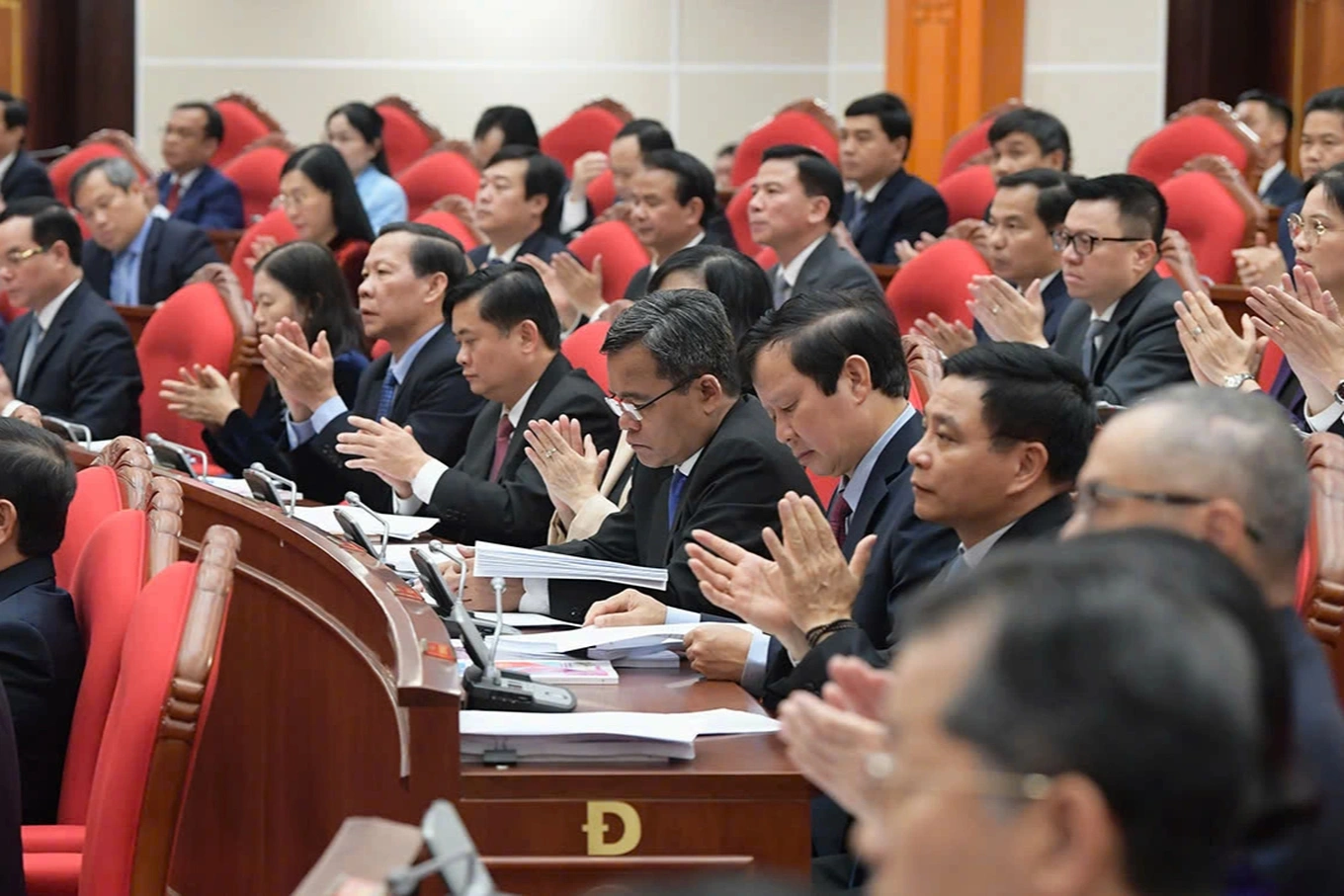
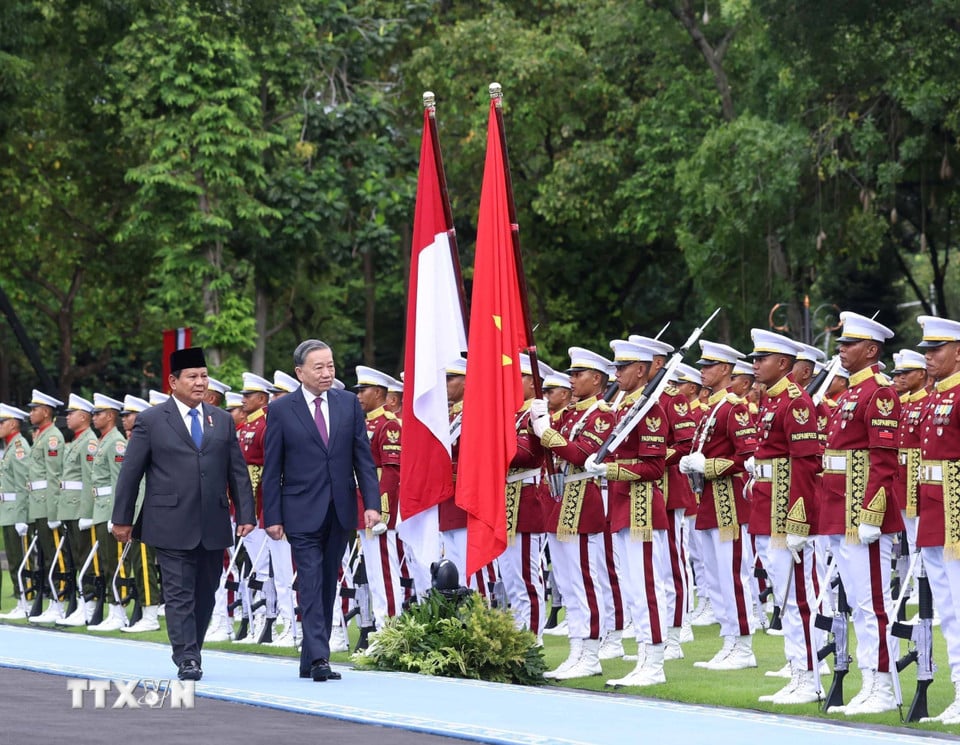


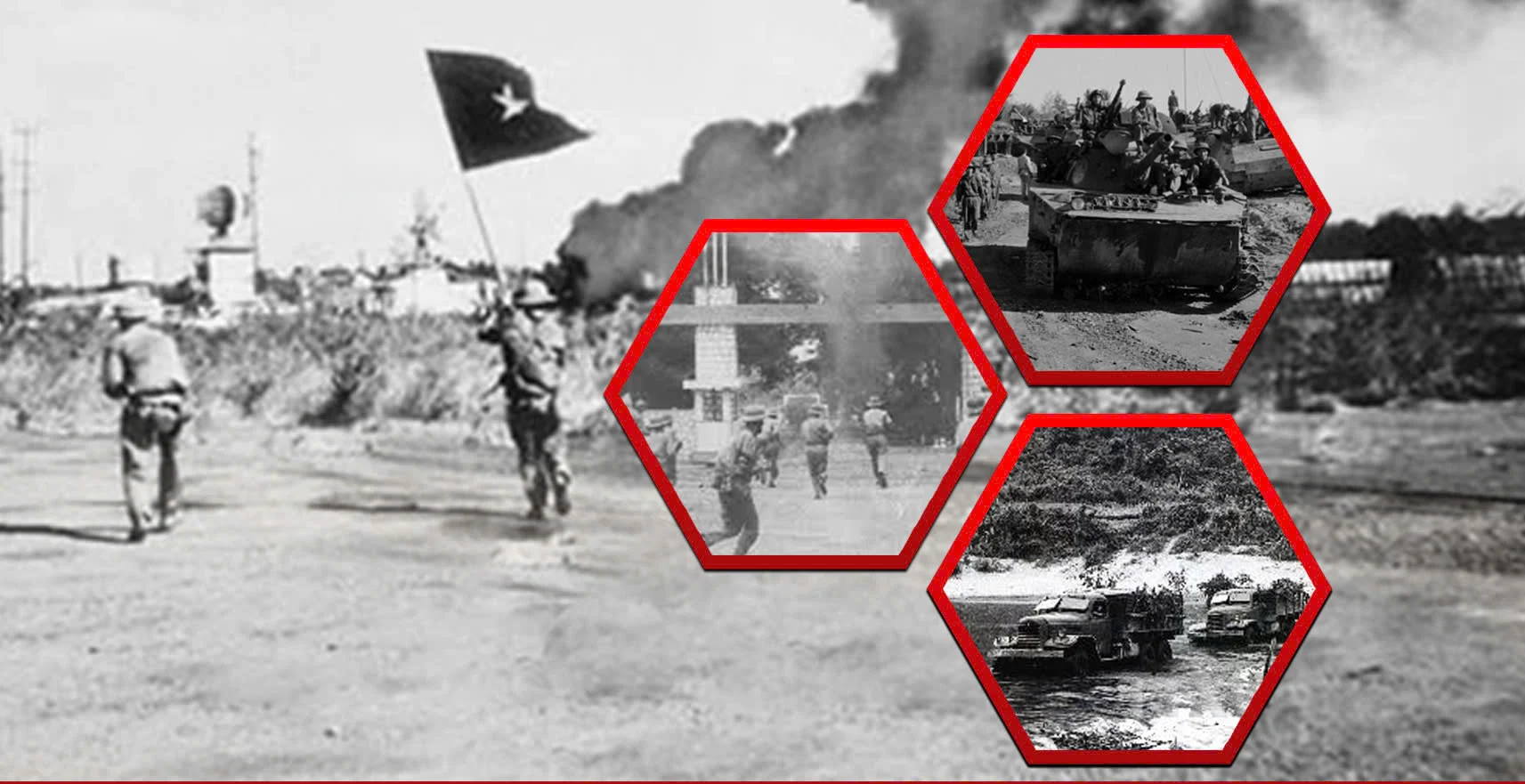




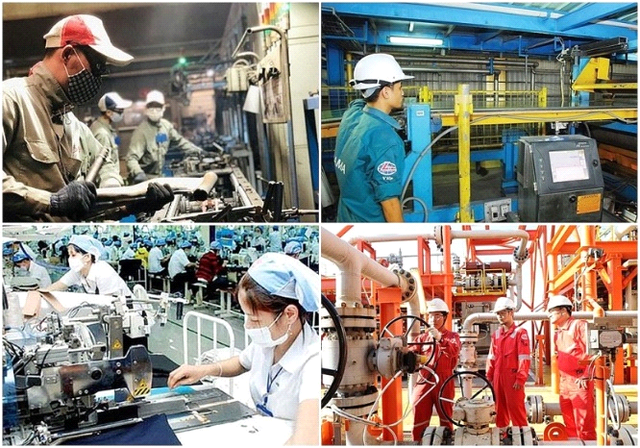




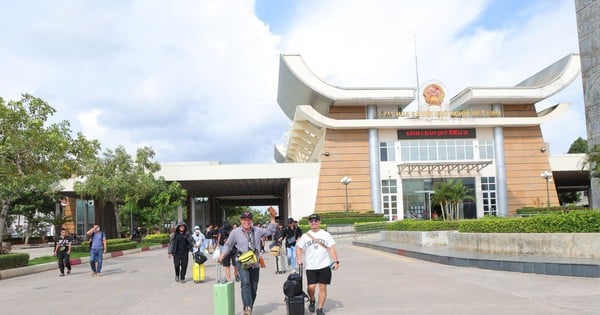









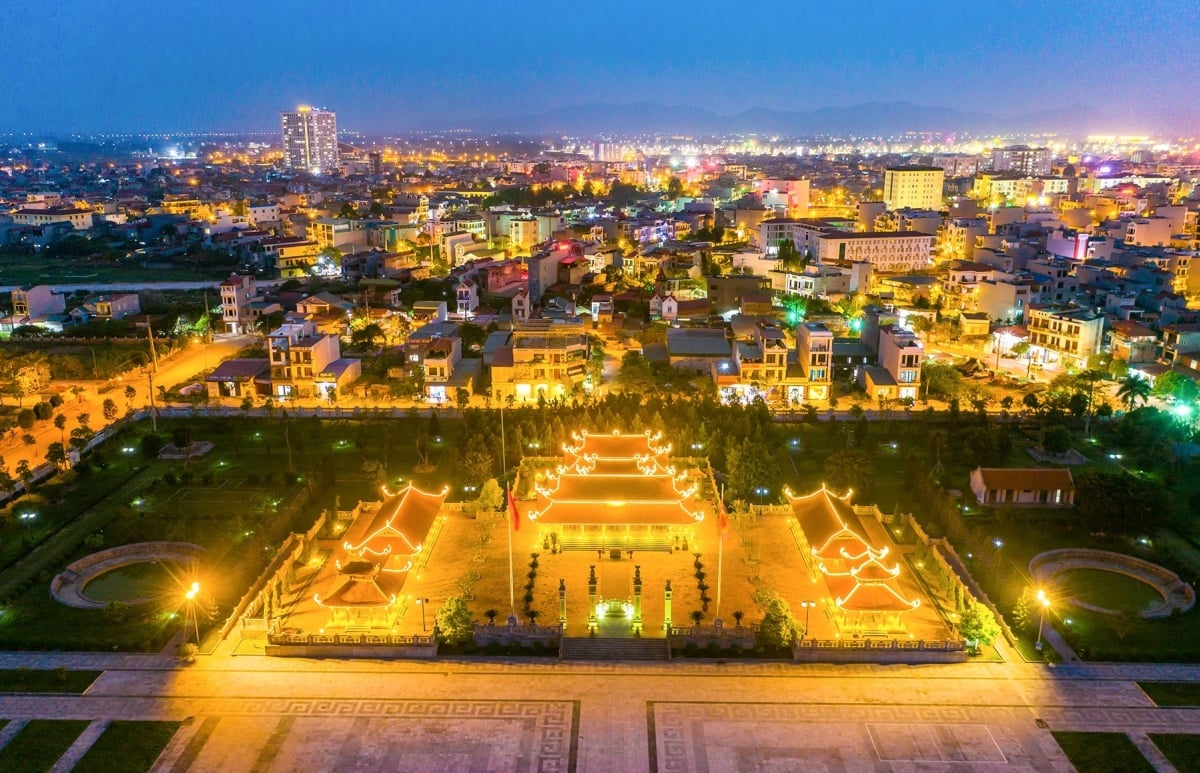


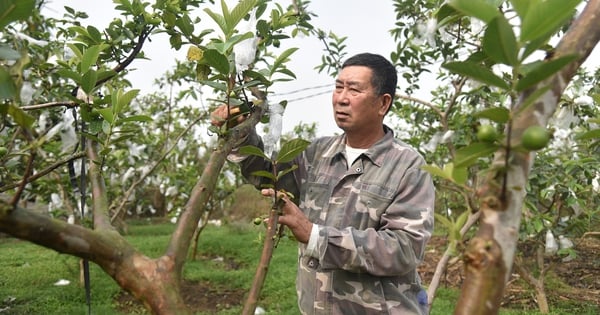



Comment (0)